From Global Fishing Watch: Following Forced Labor in the World's Fishing Fleets
One of the most challenging issues to track with seafood is whether human and labor right violations at sea were involved. Global Fishing Watch paired up with Liberty Shared, a human rights NGO focused on human trafficking, to hone in on what remote data could help them determine whether fishing vessels might be at risk of these abuses. Collaborating with other human rights experts, they developed machine learning techniques to identify high-risk vessels. Their initial study looked at satellite data for 16,000 vessels over 6 years, and discovered that between 14% to a quarter of the vessels were at high risk; that’s a potential of 100,000 victims. But how did they do this?
…”By pairing these indicators with satellite data from 22 fishing vessels known or reported to use forced labor, we confirmed that vessels using forced labor behaved in detectably different ways from the rest of the global fishing fleet. The most important indicators identified were:
-
Distance from port
-
Vessel engine power
-
Daily fishing hours
-
Fishing hours in high seas
-
Voyages per year
…”
To find out more about what types of fisheries and where vessels are fishing and landing– plus recommendations to enhance this technique– read the rest of Global Fishing Watch’s interactive blog that allows you to follow a boat’s journey.
